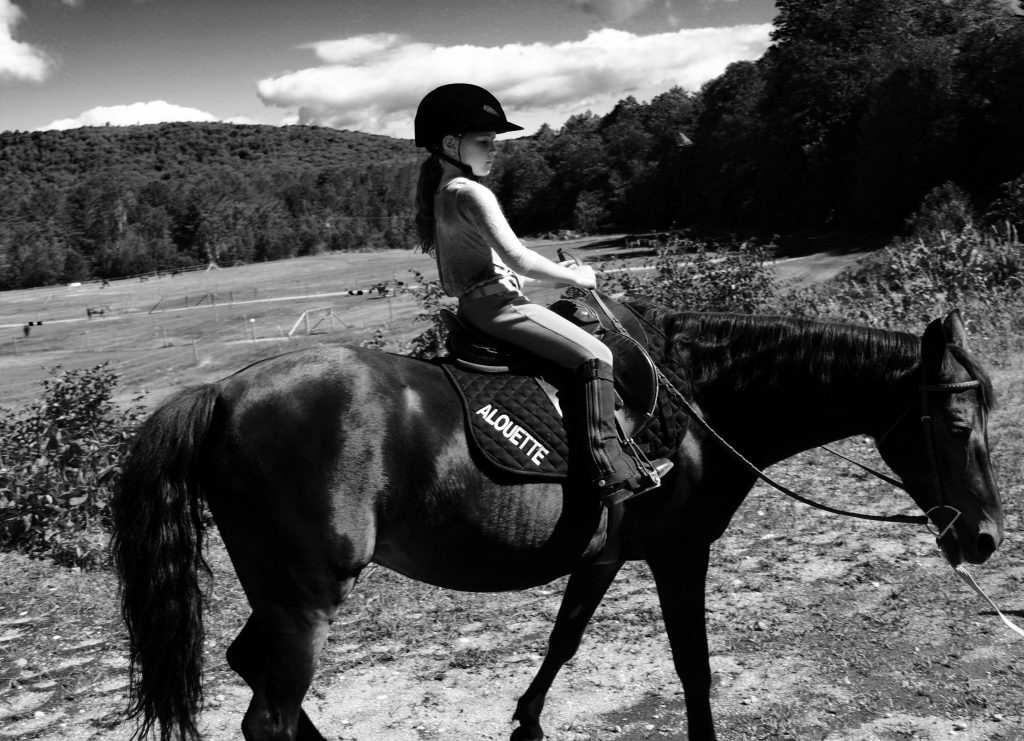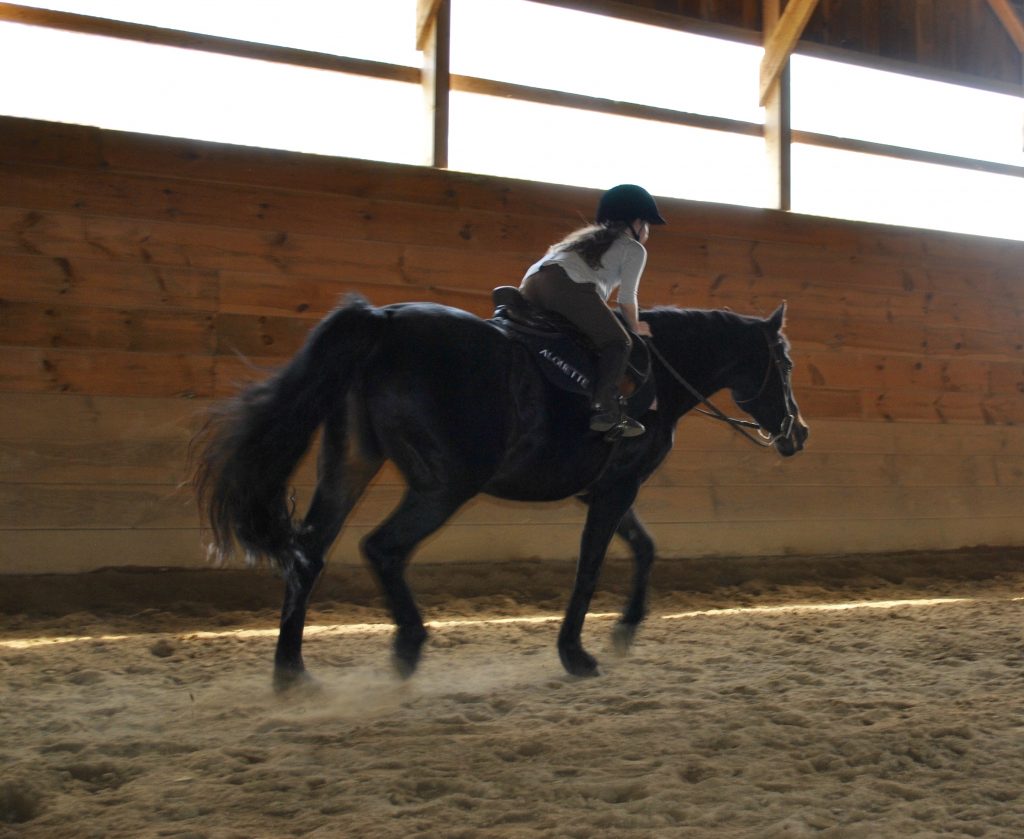Horse racing history in Poland Posted by Kasia on May 6, 2019 in Culture
Since Kentucky Derby just happened and my daughters absolutely love horses, I decided to get you a little bit more familiar with horse racing (wyścigi konne) in Poland. Our ancestors raced since they got on the horse, but probably not for sport, but rather hunting or in the heat of battle, when the rider’s life or death was dependent on his skills and speed of his horse. One thing is certain, and so the need for racing never died out in the Poles despite wars, uprisings or partitions, and on the contrary – it was growing.
The first certain date, which we can boldly announce the beginning of the era of documenting events relating to racing, is the year 1777. It was the year when on the road from Wola do Ujazdów, a mare belonging to Kazimierz Rzewulski utterly defeated the horse of the English Member of Parliament, named Sir Charles Whitworth.
This event is discussed in many sources, but the most interesting description is presented by Karol Mórawski in the chapter “Where people chased horseback in Warsaw”, which is an integral part of a brochure published on the occasion of the opening of the last year’s exhibition “Bomb Up! 166 years of horse racing in Warsaw.”
In March 1841, the Horse Racing and Livestock Exhibition Society was founded in the Polish Kingdom. It is the institution that set itself the goal of organizing horse racing and supporting the breeding of thoroughbred horses. The first races were held in June of the same year. Horse racing, in which the whole Warsaw found excitement, was suspended with the outbreak of the January Uprising (1863-1864). However, neither this break, nor repression and seizure of autonomy of the Polish Kingdom did not contributed to the decline in horse racing popularity. What is more, the Polish horses each year were getting better. They won a lot of races not only within the Polish territory, but also in Russia, for example, in Moscow. Extremely interesting is the event of 1887, when the Whole-Russian Derby was won by the Polish stallion Ruler, purchased in England still in the womb.
Racing popularity was bigger and bigger, and it increased significantly by the official introduction in 1880 of the Totalisator, which started to pay out pretty substantial prizes for the winners. It is also important that trainers and riders from England began to come to the Polish lands more and more frequently, and England is the place of origin of the best “sports” horses, trainers and jockeys, and therefore we could learn from the masters. One could say that it was a golden period for the Polish horse racing, widely known throughout Europe.
The outbreak of World War I is another difficult period in the history of Polish horse breeding, and hence, also racing. Fortunately, a large group of valuable horses survived safely in Odessa, from where they returned to the Polish tracks in 1919. However, it must have taken many more years to return to the breeding level of the time before the war. The way back to normality was facilitated by the entry into force of the Law on horse races (1925). This Law resulted in the creation of the Committee of Horse races.
There is a lot more to tell about history of horse racing in Poland. However, nowadays, Służewiec Horse Race Track is the most popular in Poland. U2, The Rolling Stones, Sting, Depeche Mode, George Michael, Britney Spears, Daft Punk, Pet Shop Boys, Duran Duran, Nelly Furtado, Courtney Love – they have more than only music in common. All of them have performed concerts at the Służewiec Race Track in Warsaw, Poland. This is one of the largest and most beautiful racing tracks in the world and horse racing has a long tradition in the capital.
According to the vast majority of regular visitors of this type of structure, the Służewiec Race Track in Warsaw is the pearl of European and global “equestrian architecture”. It delights not only with the architecture of particular buildings, their functionality, but also greenery, which makes this place a sports and recreational structure. The “Horse-Racing Town” today can be an example for future generations of racetrack designing.

Build vocabulary, practice pronunciation, and more with Transparent Language Online. Available anytime, anywhere, on any device.






